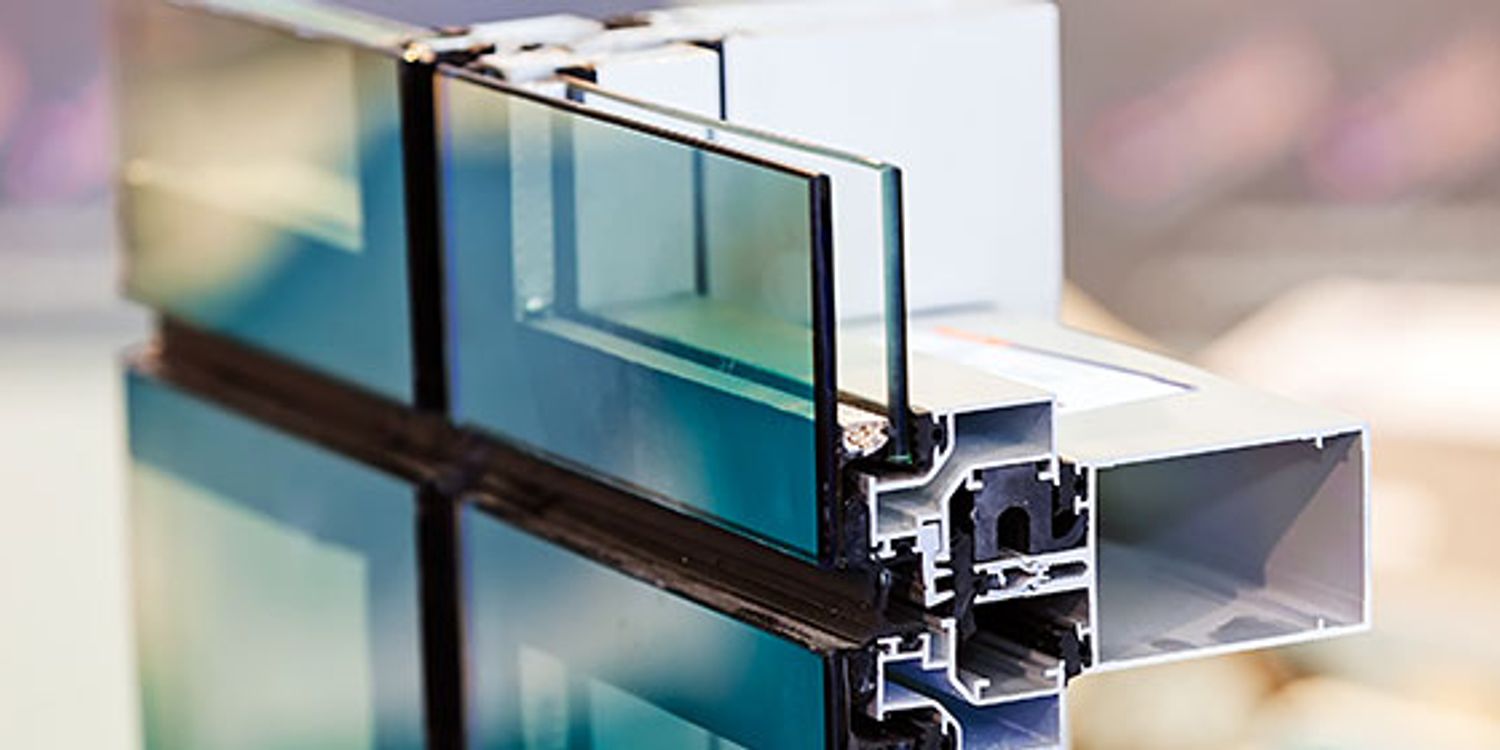All Categories
Featured
Table of Contents
Upvc Double Glazed Windows Australia in Henley Brook Western Australia
That window can send more solar heat in winter than in summer. A west-facing window on a summer season's afternoon has an angle of incidence from near 0 approximately 30 with a large effective location of solar radiation. A north-facing window, in summertime, has a high angle of occurrence and a low effective area of solar radiation, so can transmit less heat than a west-facing one.

However you can rapidly and quickly enhance the thermal performance of your house by changing your windows. This is one of the most effective techniques of renovation to attain enhanced thermal convenience. There are thousands of kinds of glass and frames to select from. Choosing the best ones is essential to improving the energy performance of your home.
Plastic Window Frames - Best Plastic Double Glazed ... in South Fremantle Perth
Single glazing with clear glass is not extremely efficient when it comes to heat loss or gain. To enhance performance, you can utilize single glazing with a more energy-efficient type of glass such as low emissivity (low-e) glass.
Several layers can be put together with sealed cavities in between each sheet of glass. IGUs typically offer much better energy performance than single glazing, since they transmit less energy. The energy efficiency of IGUs likewise depends on: the residential or commercial properties of each layer of glass. Various glass types (for instance, clear and low-e glass) can be assembled in an IGU.
Double Glazed Windows In Melbourne in Kenwick Perth

IGU cavities can be filled with air or a more inert, low-conductivity gas such as argon the width of the cavity. Cavity thickness is usually 6 to 18mm. Wider cavities provide lower (much better) U values, with 12mm generally accepted as the favored gap how well the cavity is sealed. Cavities need to be dry and well sealed to avoid moisture getting in.
If argon is installed to the cavity in location of air, wetness is dependably excluded the level of desiccant (drying representative). The spacer (metal or polymer strip) that separates the glass layers consists of a desiccant to absorb any moisture. Inadequate desiccant might trigger moisture to condense on the glass surface in cold conditions, reducing thermal performance.
Double Glazed Windows: A Complete Guide in Bibra Lake WA
In reality, IGUs can deliver better energy efficiency for all environments, particularly in heated and air-conditioned homes. Cross-section detail of single, double and triple-glazing systems Low emissivity glass (typically called low-e glass) lowers heat transfer. Low-e glass might be either high or low transmission: High transmission low-e glass has a finishing that allows daylight from the sun to pass into the home to accomplish good solar heat gain, however minimizes the amount of the long wavelength infrared heat that can leave back through the window.
Low-e glass has either a pyrolytic coating or a vacuum-deposited thin movie metal finishing. Pyrolytic coverings are long lasting and can be utilized for any glazing; vacuum-deposited coatings are soft and are only used within IGUs. Low-e finishes can substantially improve both U value and SHGC; however, they need to be utilized correctly or they will either deteriorate or fail to carry out as needed.
Keeping Your Cool: The Benefits Of Double Glazed ... in Ridgewood Perth
Low-e coverings can be utilized in mix with clear, toned or reflective glass. Low-e coatings on glazing can minimize heat transfer where needed Photo: Department of Market, Science, Energy and Resources Toned glass has actually colouring additives consisted of during manufacture. It is offered in various colours, generally bronze, grey, blue and green.
Latest Posts
Why Is Double Glazing So Important In Winter? in Floreat Western Australia
Pros And Cons Of Argon Gas In Windows in Bedford Perth
Can I Have Double Glazing In A Summerhouse? in Madeley Perth